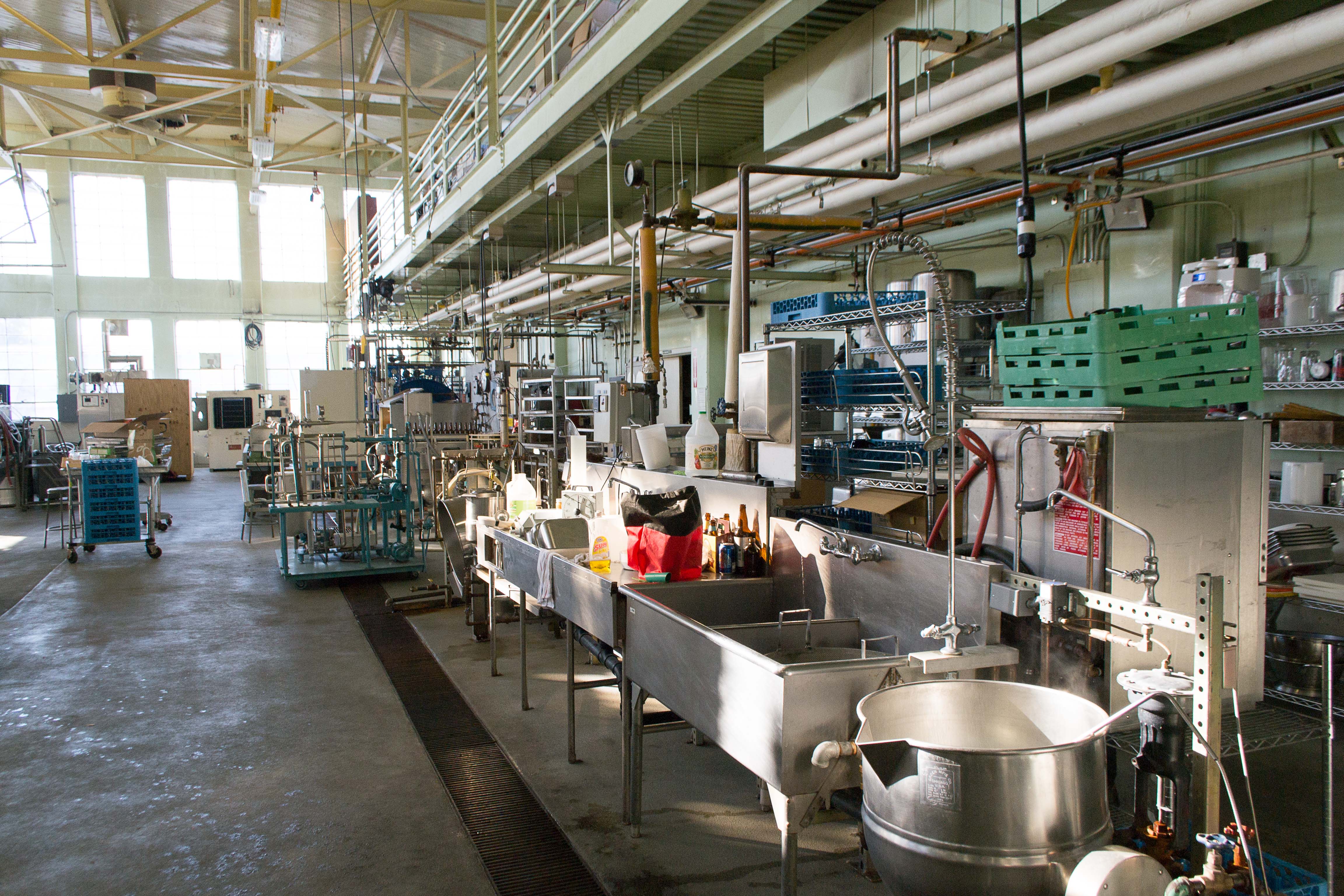
Photo from academic.microsoft.com
ABSTRACT The essential oil was obtained from the aerial parts of Pogostemon cablin by hydrodistillation. The chemical compounds of P. cablin essential oil were analyzed by gas chromatography-flame ionization detection… Click to show full abstract
ABSTRACT The essential oil was obtained from the aerial parts of Pogostemon cablin by hydrodistillation. The chemical compounds of P. cablin essential oil were analyzed by gas chromatography-flame ionization detection and gas chromatography-mass spectrometry. Eight compounds were totally identified and accounted for 92.4% of the oil. Patchoulol was the major component (51.1%), followed by phloroacetophenone (23.5%) and β-patchoulene (7.3%). The essential oil and its two major compounds patchoulol and phloroacetophenone were evaluated for their contact and repellent activities against Tribolium castaneum, Lasioderma serricorne, and Liposcelis bostrychophila. Results of bioassays indicated that the essential oil and patchoulol had great contact toxicity against three species of insects. Meanwhile, the essential oil and patchoulol showed great repellent activities against T. castaneum and L. bostrychophila but were mildly repellent to L. serricorne. Phloroacetophenone exhibited neither contact nor repellent activity against any of these target insects. This work emphasized the promising potential of P. cablin to control insect pests during storage.
Journal Title: International Journal of Food Properties
Year Published: 2019
Link to full text (if available)
Share on Social Media: Sign Up to like & get
recommendations!